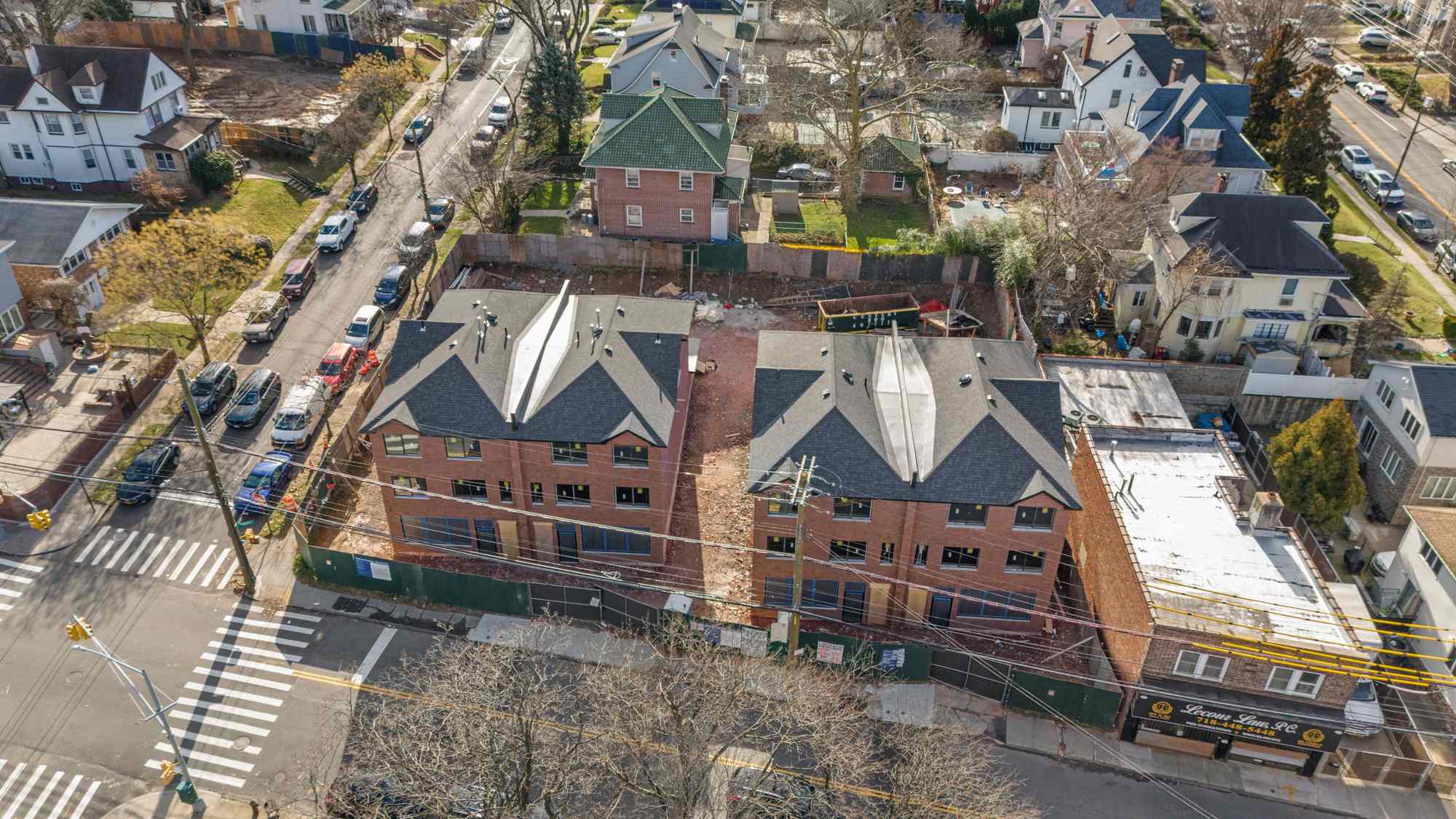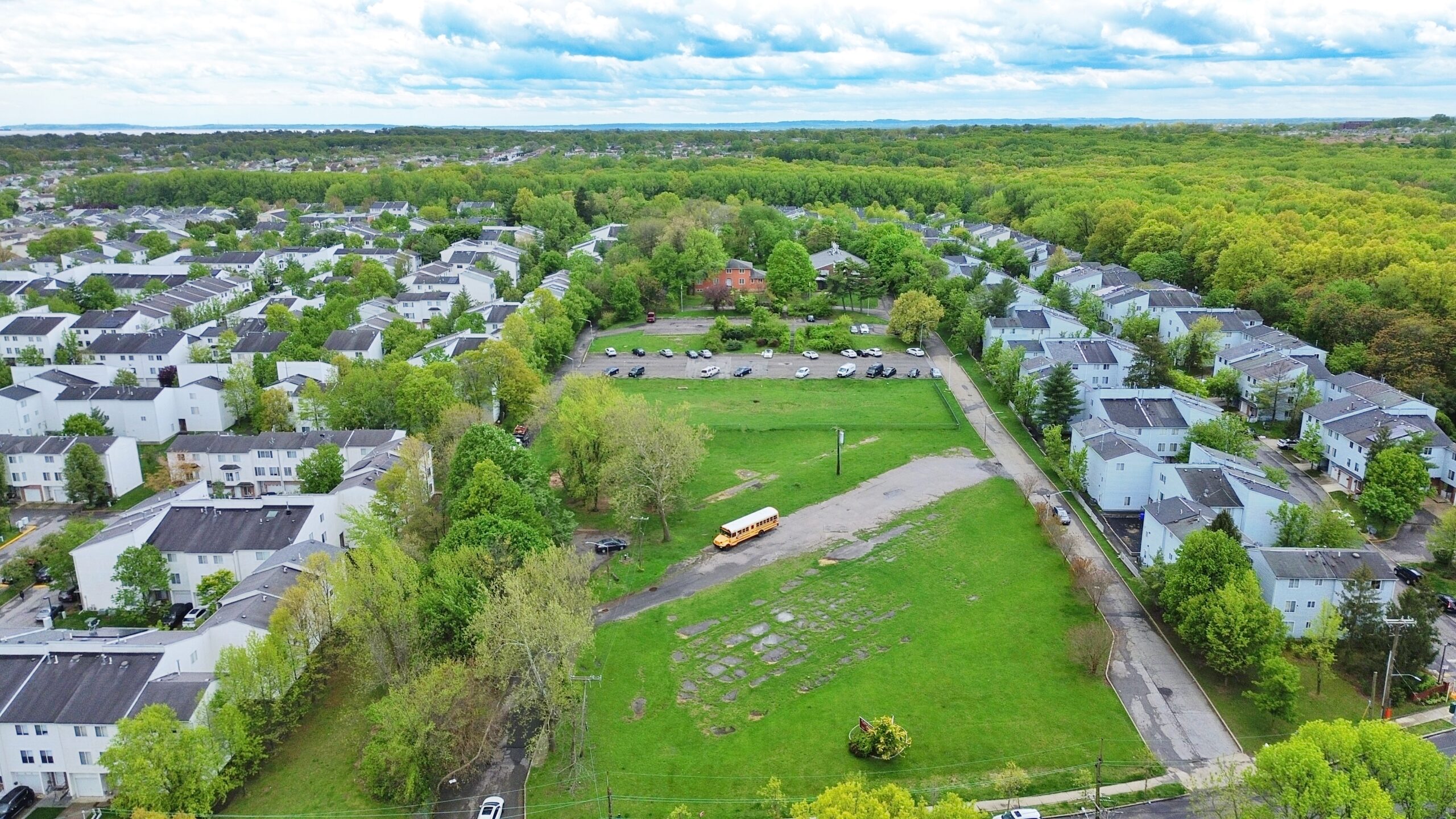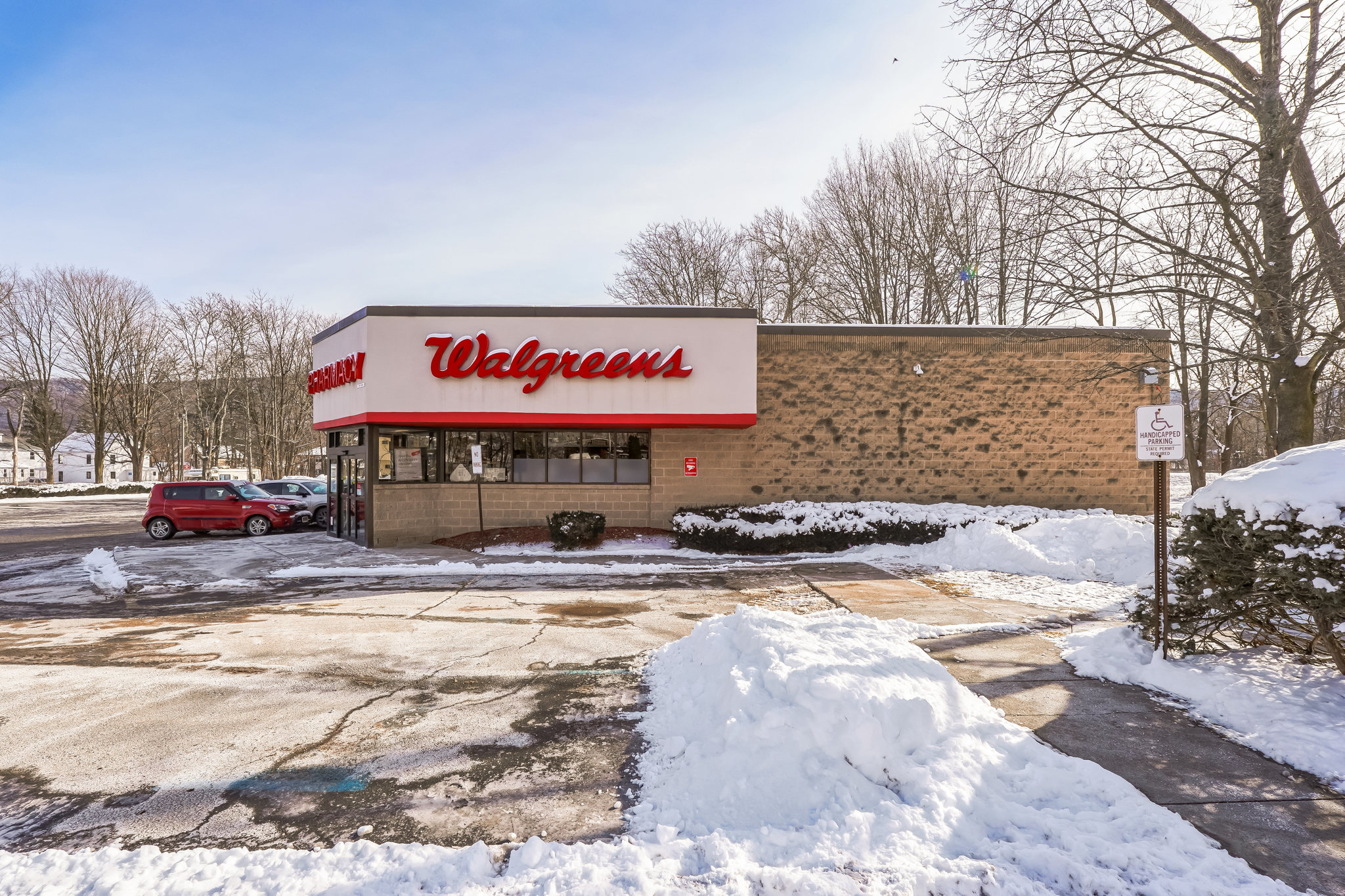Victorian manors, colonials, along with small cottages and mid-century ranches comprise this neighborhood, many of them replete with well- manicured gardens, and retro-style in-ground swimming-pools. In many ways, Lighthouse Hill is a suburban time-capsule that yields a rich history. Arguably, it features the most distinctive architecture on the Island. While Staten Island boasts five other hills: Ward, Todt, Emerson, Grymes, and Sunset, the tallest of which is Todt Hill, only one is home to a lighthouse.
The 108-year-old tower stands 90 feet high, and 145 feet above sea level, and had a keeper until 2001. Though automated now, the lighthouse still helps vessels navigate the Ambrose Channel between New Jersey and Queens.
Local New York City buffs and seafaring folk can check out Lighthouse Friends which offers a detailed account of the lighthouse (and many others). The structure had originally been intended to serve as the rear range light companion to the West Bank Lighthouse in Lower New York Bay). As Curbed points out, when the lighthouse went into operation in 1912, the New York Times described it as “destined to take its place among famous beacons of the world – like the one situated off the coast of Plymouth, England.” While that certainly wasn’t the case, the residents don’t seem to be complaining about it.
On Lighthouse Avenue, upon first ascending the hill – one can behold the inimitable Jacques Marchais Museum of Tibetan Art, which is, remarkably, the oldest Himalayan style construction in the entire United States. Yes, right here on our island, Staten Island.
Jacques, a woman who had been given a traditionally masculine name at birth by her father, was an avid collector of Tibetan and Indian artifacts. And it was she who built the fieldstone structures and terraced garden next to her home in the style of a Himalayan Buddhist monastery, with rocks handpicked on road trips around Staten Island. It opened in 1948, and sadly, she died only a few months thereafter. Today the museum offers rotating exhibitions, meditation and Tai Chi classes. The garden is breathtaking as the temple inside.
View from Lighthouse Hill Staten Island
View from atop Lighthouse Hill, Staten Island. Photo courtesy of SIBOR.
Painting by Edward Hopper
Painting by Edward Hopper, 1927: “Lighthouse Hill”
Lighthouse Hill Staten Island
Jacques Marchais Museum of Tibetan Art, Lighthouse Hill, Staten Island, NY. Photo courtesy of Untapped Cities.
Famed architect Frank Lloyd Wright who designed the Guggenheim bestowed Lighthouse Hill with one of his pre- fab homes. And it’s the only one in New York City! This 1959 building is known as the Crimson Beech after a tree on the property that has since perished. The Usonian house has been landmarked since 1990. Usonian, specifically, refers to a group of almost sixty middle-income pre-fab family homes designed by — Wright throughout the forties and fifties, all of which had a carport in lieu of a garage.
I’ll end this tour of Lighthouse Hill with something new I just learned about the historic neighborhood. When Lighthouse Hill was known as “Richmond Road,” it was home to the “Richmond Seminary for Young Ladies,” a finishing school for young girls for affluent families all over the country, as reported by Untapped Cities. When the school closed in 1852, it was revamped by its owner, John H. Powell, and converted into the Richmond Hill Hotel. The site is now home to Eger Harbor House.
I will continue sharing more stories of Staten Island’s neighborhoods and their history – in response to the notion of the ‘forgotten borough’ — a diminutive once assigned to us by the New York Times . Funny. They were wrong about the Lighthouse, too.







Leave a Comment